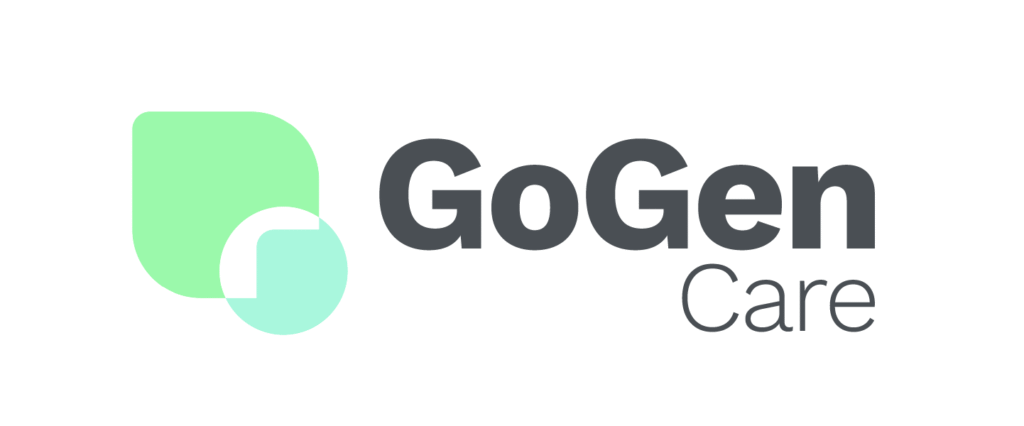1. Benchmarks of the Current Billing Environment
As 2024 approaches, medical billing for family medicine practices is getting complicated. Thanks to new rules and regulations, insurance plans and patients’ demands, it is imperative to pay attention to billing. One of the major sources of change in payment to practices has been the migration towards value-based care, along with the increase in high-deductible health plans. Such an environment requires that practices take a strategic approach to billing so that they can get the most out of the available reimbursements without spending too much effort.
2. The major factors in an efficient billing plan
A successful billing strategy for family medicine practices hinges on several key components:
- Accurate Documentation: One key feature that practice should meet in coding and documentation is that it is the basic core to avoid claim denials and delays. Practices should include training the staff in writing good code and adopting the latest coding software.
- Efficient Claim Submission: The failure/delay in submitting the claims can greatly affect the organisation’s cash flow. One of the main strategies that need to be developed is the provision of a system of checks which guarantees that all the claims are submitted within the insurer’s stipulated period.
- Patient Communication: Implementing clear communication of their financial obligation to the patient decreases the chances of unpaid bills and, thus, encourages patient trust.
3. Improving the RCM refers to enhancing revenue generation for a health facility by increasing the patient volume, patient care efficiency or insurance reimbursements, patient, and overall operational profitability.
RCM is a crucial cog in any medical billing process, and it plays the part of the wheel. In the case of family medicine practices, RCM is defined as the best-working method for business processes, from the registration of a patient to the successful collection of payment. Key steps include:
- Pre-authorization Checks: This can be achieved by making sure the various services that one is to receive are authorized well before they are delivered.
- Real-time Eligibility Verification: One of the ways through which real-time insurance eligibility checks can help to minimise rejection of claims is described below.
- Regular Audits and Reviews: It is recommended to perform periodic billing audits that will reveal any problems and if they are likely to develop into a major problem.
4. Tech-Enabled Billings to Optimize the Billing Process
Technology has the greatest potential as far as billing is concerned and can make billing more efficient. Family medicine practices should consider the following technological advancements:
- Electronic Health Records (EHRs): Billing can be completely integrated with the EHR so that many aspects of billing are automated with nearly real time results with lower error rates.
- Automated Coding Tools: They assist in code accuracy, reducing chances of rejection/denial.
- Patient Portals: Some of the possibilities include allowing patients to access online accounts where they can see the bills, make payments, and check their insurance status and do it without the need for extensive staff involvement.
5. Outsourcing Medical Billing Services
Outsourcing medical billing services is a strategic phenomenon for family medicine practices desiring to lessen the cost of overheads and increase their concentration on the patients. Outsourcing offers the capability to obtain the insights of an independent billing team with knowledge of the current market laws and guidelines. This can cause fewer mistakes, quicker payments, and better revenue cycles. However, selecting the most appropriate billing service provider concerning the peculiarities of family medicine is recommended.
6. Handling Common Billing Issues
It is important to state that, despite putting all the best strategies in place, billing problems may occur. Some areas where patients suffer are through guidelines through claim denial, coding complications and payment delays. To handle these effectively:
- Implement a Denial Management Process: The claim denial management must be effectively defined and documented to identify them and take the necessary actions as early as possible.
- Staff Training: Seminars should be conducted frequently where the billing staff is enlightened on the recent code changes and the most appropriate coding procedures.
- Patient Follow-up: Design policies for patient follow-up on unpaid balances due via periodic calling and mailing of statements and accommodating payment plans when needed.
7. Trends of the future in Medical Billing
As family medicine billing moves forward to the year 2024, here are some trends that will define medical billing:
- Artificial Intelligence (AI) and Automation: New applications of AI will continue to make billing even more automatic and precise, thus shaving more time off the work that needs to be done.
- Telehealth Integration: Thus, while telehealth increases, the billing procedures should be adjusted to gain proper reimbursement for the virtual visits.
- Increased Patient Financial Responsibility: As more patients move their insurance plans to HDHPs, the practices will likely be required to determine how to collect money from patients before the deductible is met.
8. Conclusion
Strategies for Medical Billing in Family Medicine Private Practices in 2024: Introduction. Identifying and analysing trends within the current billing environment, maximizing traditional and new RCM, implementing technological advances, and planning for future trends provide the practices with a stable revenue model and, most importantly, allow the practices to provide quality patient care. Outsourcing billing services, if combined with the right billing practices, ensures efficiency and profitability for successful practice in the new healthcare environment.

